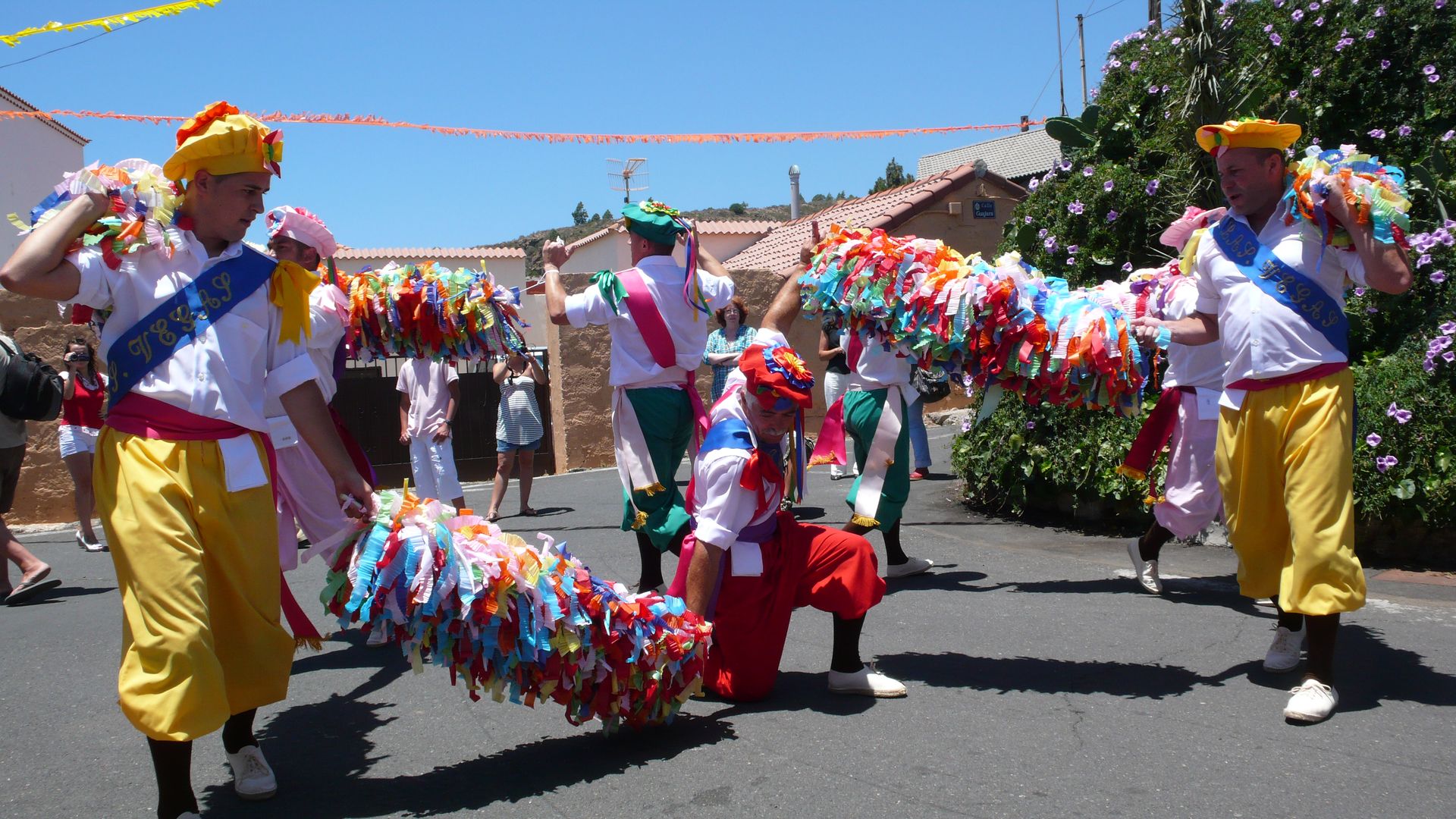Las Vegas: one of the seeds that originated the region of Abona.
At the beginning of the 16th century, after the conquest of the island, the settler Suárez de Quesada received an enormous but not very productive area of land called Abona. Of all this land, the area of Las Vegas had the greatest agricultural potential. Here he built a small chapel and one of the first farmhouses in the region grew up around it.
That first chapel is currently dedicated to Nuestra Señora de La Esperanza (Our Lady of Hope). You can see the sacristy, which preserves its original appearance and, on the outside, its bell tower that “grows every year”, because it is nothing more than the old pine tree next to the square.
Why Las Vegas?
The name of the hamlet is due to the presence of vegas: fertile, flat land, generally irrigated by a river or canal, humid and very good for agriculture. In the Canary Islands, this is the name given to dry land used for growing cereals and, as in Cuba and Venezuela, to land used for growing tobacco. Throughout history, cereals, vegetables, potatoes, different kinds of fruit and tobacco have been grown in Las Vegas.
A distinctive dance
The “Danza de Varas” has an uncertain origin and has been celebrated in Las Vegas since ancient times. A group of men dance through the village to the rhythm of stringed instruments and carrying sticks decorated with coloured ribbons. It is danced in this square every 26th July, on the feast of Santa Ana.

